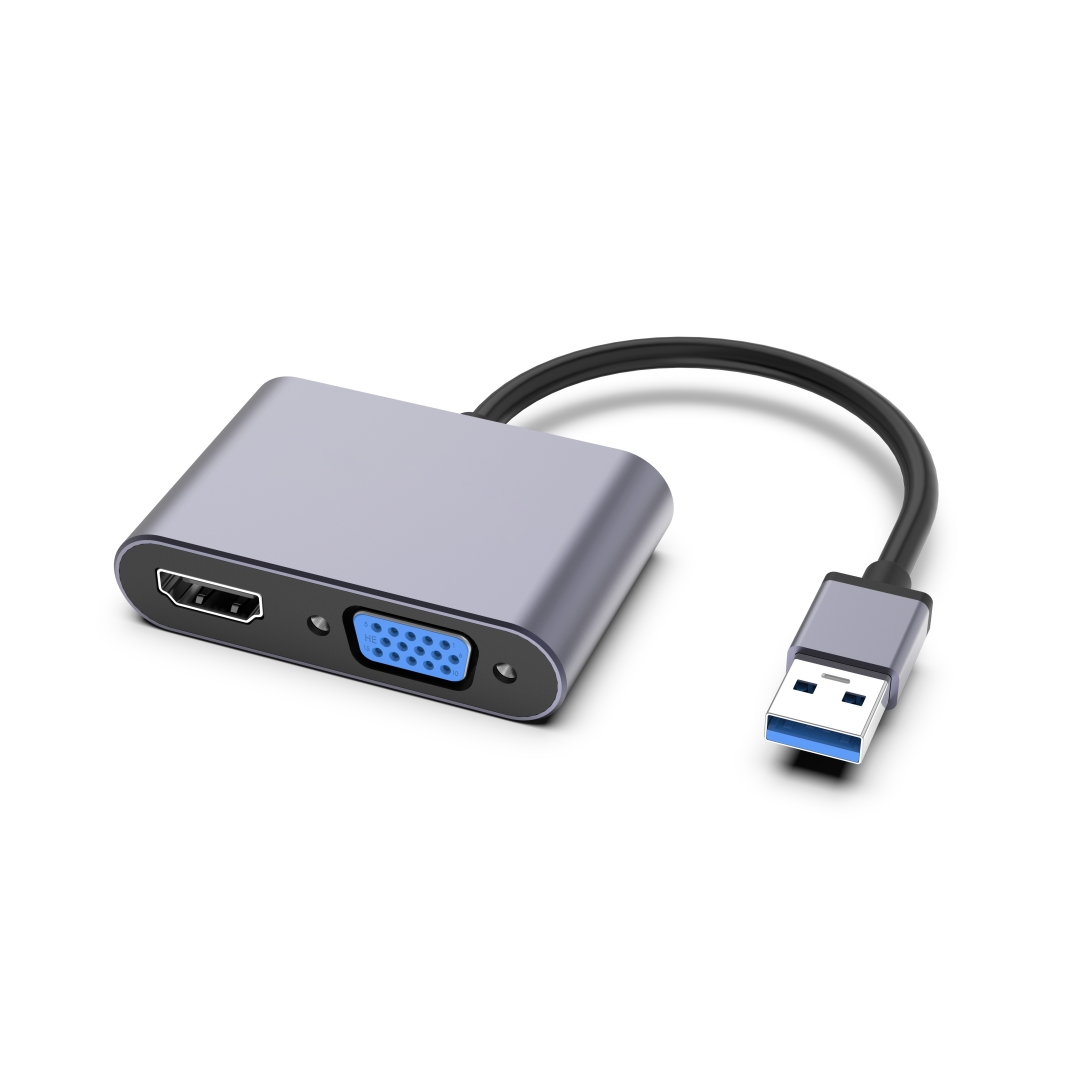The Importance of Crossover Cables in Networking

In the world of computer networking, cables are essential for connecting devices and facilitating data transfer. Two common types of cables used are straight-through cables and crossover cables. Straight-through cables are used to connect different types of devices, such as a computer to a switch, hub, or router. On the other hand, crossover cables are typically used for connecting two similar devices, like two computers or two switches, directly.
1. Understanding the Difference between Straight-through and Crossover Cables
Straight-through cables are structured in such a way that the wiring sequence of one end of the cable matches the sequence on the other end. This enables the proper flow of information between devices with different functions. For example, when connecting a computer to a hub or switch, a straight-through cable is used.
However, when you need to connect two similar devices, such as two computers or two switches directly, a crossover cable is required. The wiring sequence on one end of a crossover cable is reversed compared to the other end. This reversal allows the transmit and receive signals on each device to be correctly aligned, ensuring effective communication.
2. When Do You Need Crossover Cables?
If you are using older networking equipment, like hubs, you might need crossover cables. Hubs are older network devices that operate on the physical layer of the OSI model, which means they do not have any intelligence to handle data traffic. In this case, connecting computers to a hub using a crossover cable is necessary.
However, with the advancement of technology, switches have replaced hubs in modern networks. Switches operate at the data link layer of the OSI model and are capable of automatically detecting and adjusting for the wiring type, eliminating the need for crossover cables when connecting computers to switches.
3. Alternatives to Crossover Cables
In situations where crossover cables are not available or practical, there are alternatives to establish connectivity between similar devices. One option is to use a switch instead of a hub. Switches can automatically handle the wiring differences and enable communication between devices without the need for crossover cables.
Another option is to use a special type of Ethernet port called an Auto-MDI/MDI-X port. These ports can automatically detect and adjust for the wiring type, allowing you to use a straight-through cable for connections between similar devices.
In summary, crossover cables are necessary in specific scenarios where you need to directly connect similar devices like computers or older hubs. However, with the prevalence of modern switches and alternative connectivity options, the need for crossover cables has significantly decreased. It is important to understand the requirements of the devices you are working with in order to determine whether crossover cables are necessary for your network setup.



